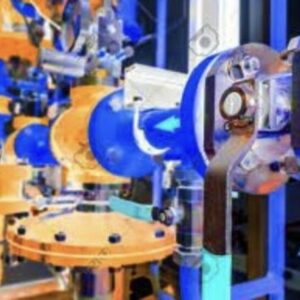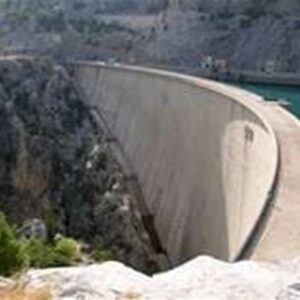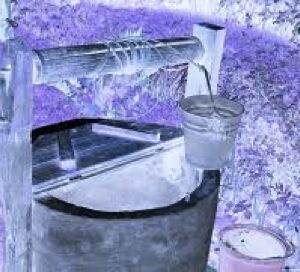TP – 2068 An Introduction to Nutrient Removal in Wastewater Treatment Ponds for Professional Engineers
$4.99
Description
While the reliability of pond systems to remove BOD5 and suspended solids is well-documented, the N and P removal capability of wastewater ponds has been given little consideration in any type of system design until recently. As more stringent nutrient standards are adopted, nutrient removal processes must be included in design for new systems and added to existing systems. Nitrogen removal can be critical in many situations since NH3, even at low concentrations, can adversely affect aquatic life in receiving waters, and the addition of NO3 to surface waters is a major contributor to eutrophication. Nitrate-is often the controlling parameter for design of land treatment systems. Any N removal in the primary pond units can result in very significant savings in acreage required for final land treatment. Phosphorus, which is limiting for algal growth, is present at concentrations in municipal wastewater that stimulate that growth and must be reduced to control eutrophication.






